The Adaptive Front Lighting Market is currently characterized by a dynamic competitive landscape, driven by technological advancements and increasing consumer demand for enhanced vehicle safety and performance. Key players such as Valeo (France), Hella (Germany), and Koito Manufacturing (Japan) are at the forefront, each adopting distinct strategies to solidify their market positions. Valeo (France) emphasizes innovation in smart lighting systems, focusing on integrating advanced driver-assistance systems (ADAS) with adaptive lighting technologies. Hella (Germany) is pursuing regional expansion, particularly in Asia, to capitalize on the growing automotive markets, while Koito Manufacturing (Japan) is enhancing its product portfolio through strategic partnerships with major automotive manufacturers, thereby reinforcing its competitive edge.
The business tactics employed by these companies reflect a concerted effort to optimize supply chains and localize manufacturing processes. The Adaptive Front Lighting Market appears moderately fragmented, with several players vying for market share. However, the collective influence of these key players is significant, as they drive technological advancements and set industry standards, thereby shaping the overall market structure.
In August 2025, Valeo (France) announced a partnership with a leading automotive manufacturer to develop next-generation adaptive lighting systems that utilize artificial intelligence for improved road safety. This strategic move underscores Valeo's commitment to innovation and positions the company to leverage AI technologies in enhancing vehicle lighting performance, potentially setting new benchmarks in the industry.
In September 2025, Hella (Germany) unveiled a new line of adaptive front lighting products designed specifically for electric vehicles, aligning with the growing trend towards electrification in the automotive sector. This initiative not only reflects Hella's responsiveness to market demands but also highlights its strategic focus on sustainability, which is increasingly becoming a critical factor in consumer purchasing decisions.
In July 2025, Koito Manufacturing (Japan) expanded its manufacturing capabilities by investing in a new facility in Southeast Asia, aimed at increasing production efficiency and meeting the rising demand for adaptive lighting solutions. This expansion is strategically significant as it allows Koito to enhance its supply chain reliability and respond more swiftly to regional market needs, thereby strengthening its competitive position.
As of October 2025, the competitive trends in the Adaptive Front Lighting Market are increasingly defined by digitalization, sustainability, and the integration of artificial intelligence. Strategic alliances among key players are shaping the landscape, fostering innovation and collaboration. Looking ahead, it is likely that competitive differentiation will evolve, with a pronounced shift from price-based competition to a focus on technological innovation, enhanced supply chain reliability, and sustainable practices, ultimately redefining the parameters of success in this market.


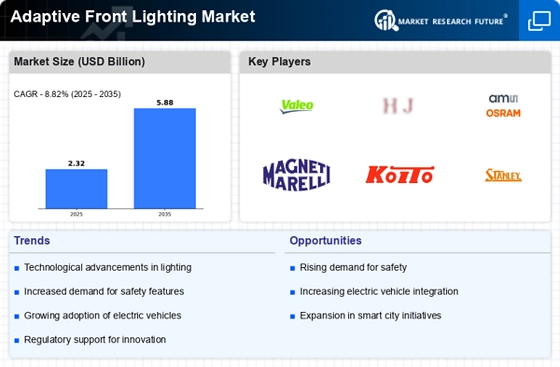

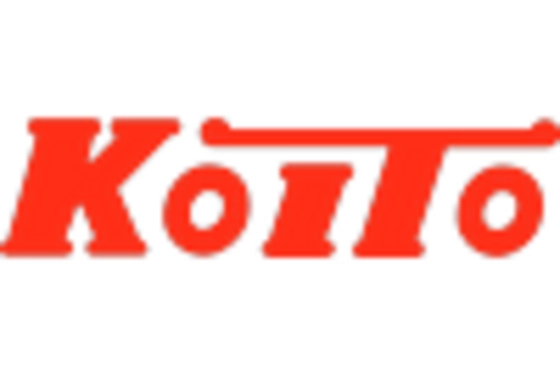
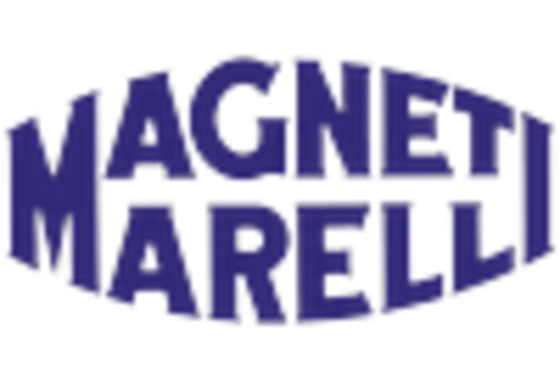
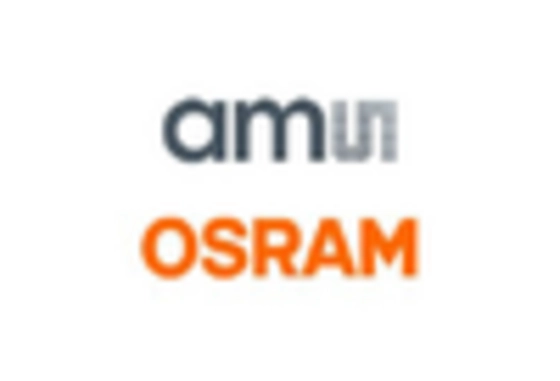
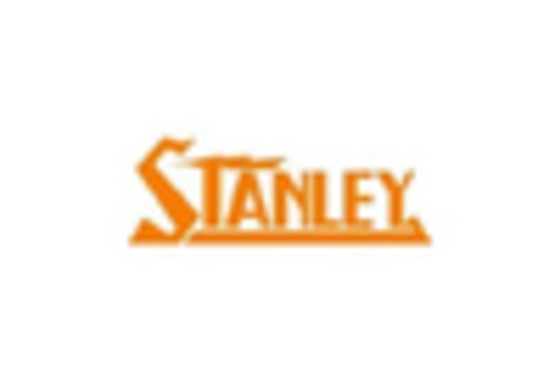
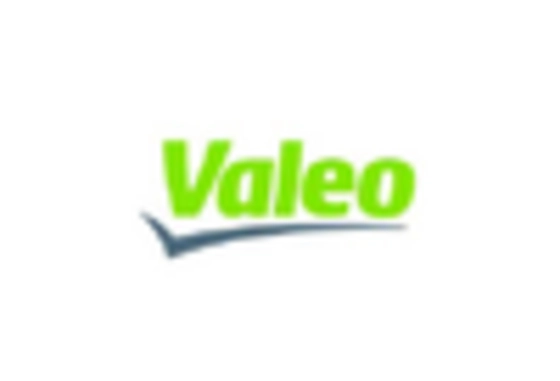








Leave a Comment